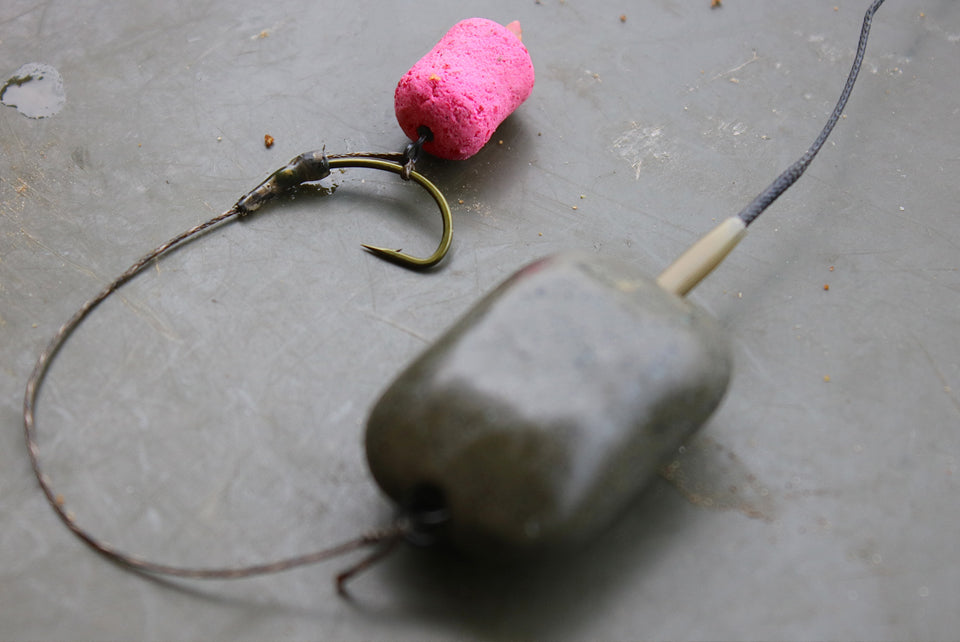Your Cart is Empty
Fantastic quality split lovely & loads of oil came out of them
Fabulous Service
I had a query which was rapidly sorted, the products are superb and more importantly effective
Best bait company out there by fare👍🏻
Listen it’s this simple ! If you want the best quality dry particles hinders are top level ( simple ) I’ve used other companies like you do ? But I’ll honestly say I’ll always stick to what I no is best . BUCKWEET ! omg soooo under rated I can’t put into words how good it is 👍🏻 I’d even say when a place is only seeing hemp ! Get on this stuff totally changed my fishing and that’s a fact , this year alone 4 x 30s 6 x 40s 2 x 50s and a lovely 61lb common . Thanks hinders top quality as always 👍🏻👍🏻





